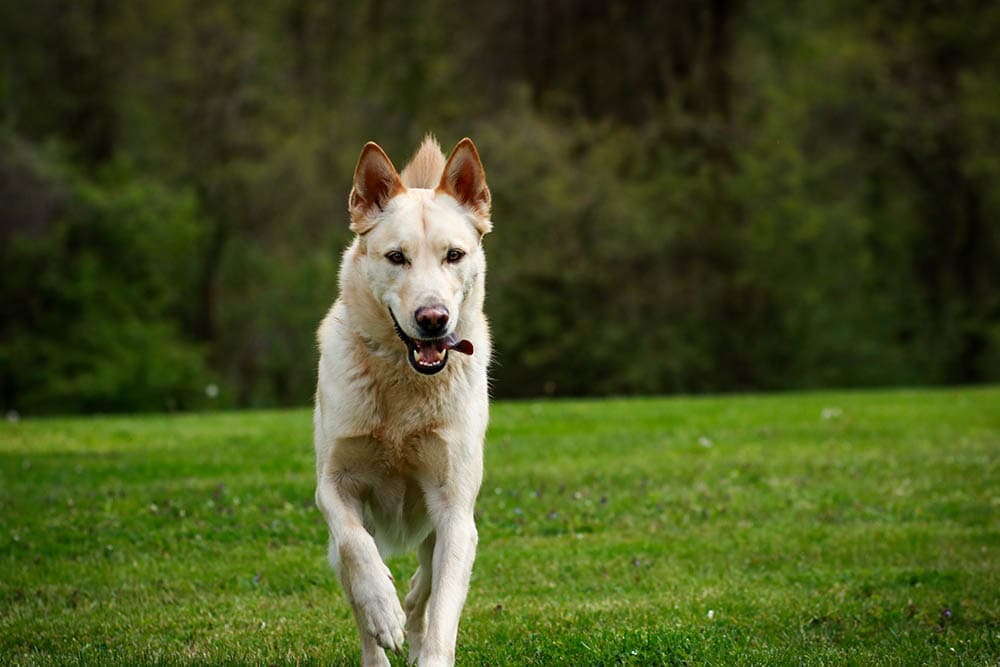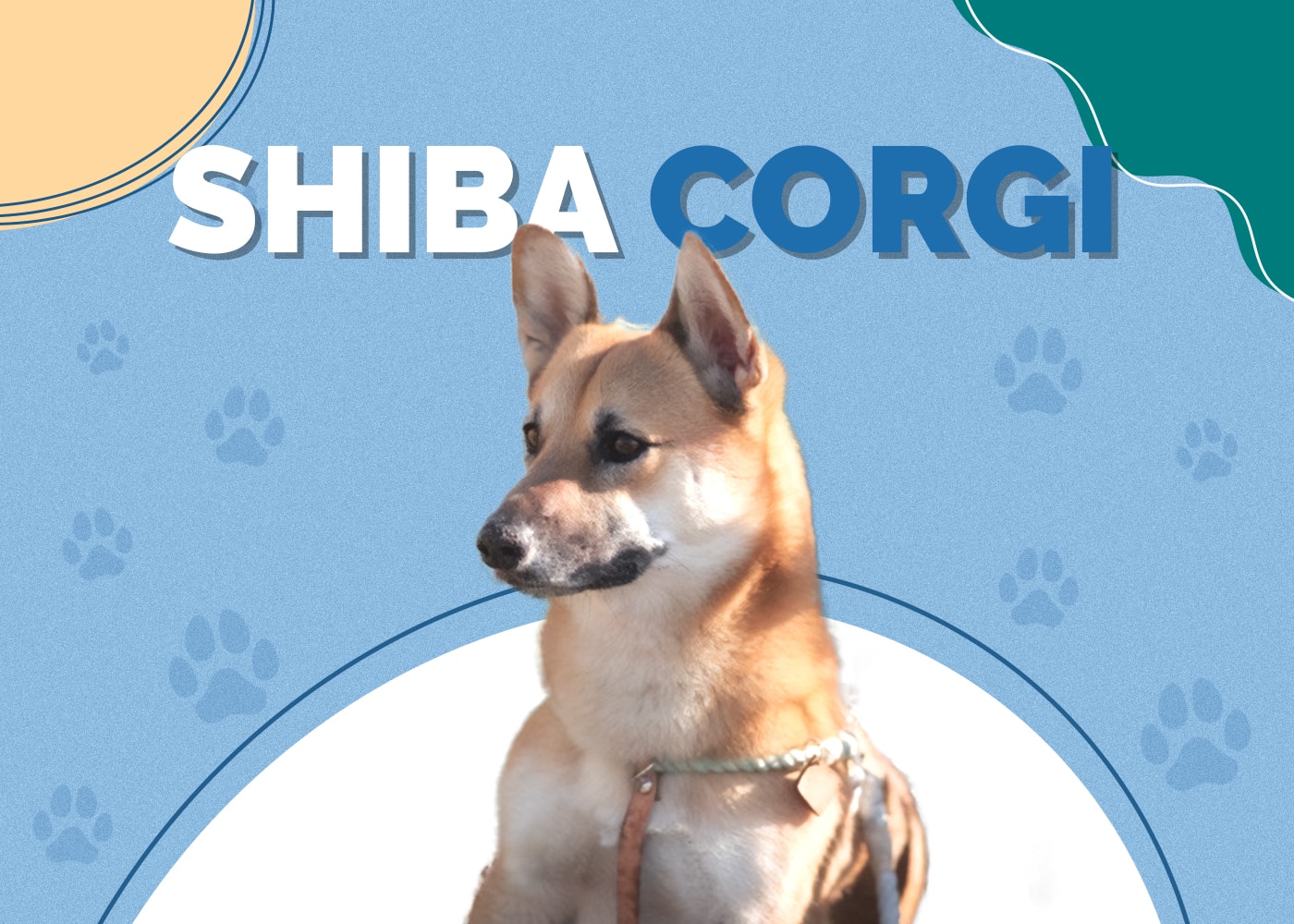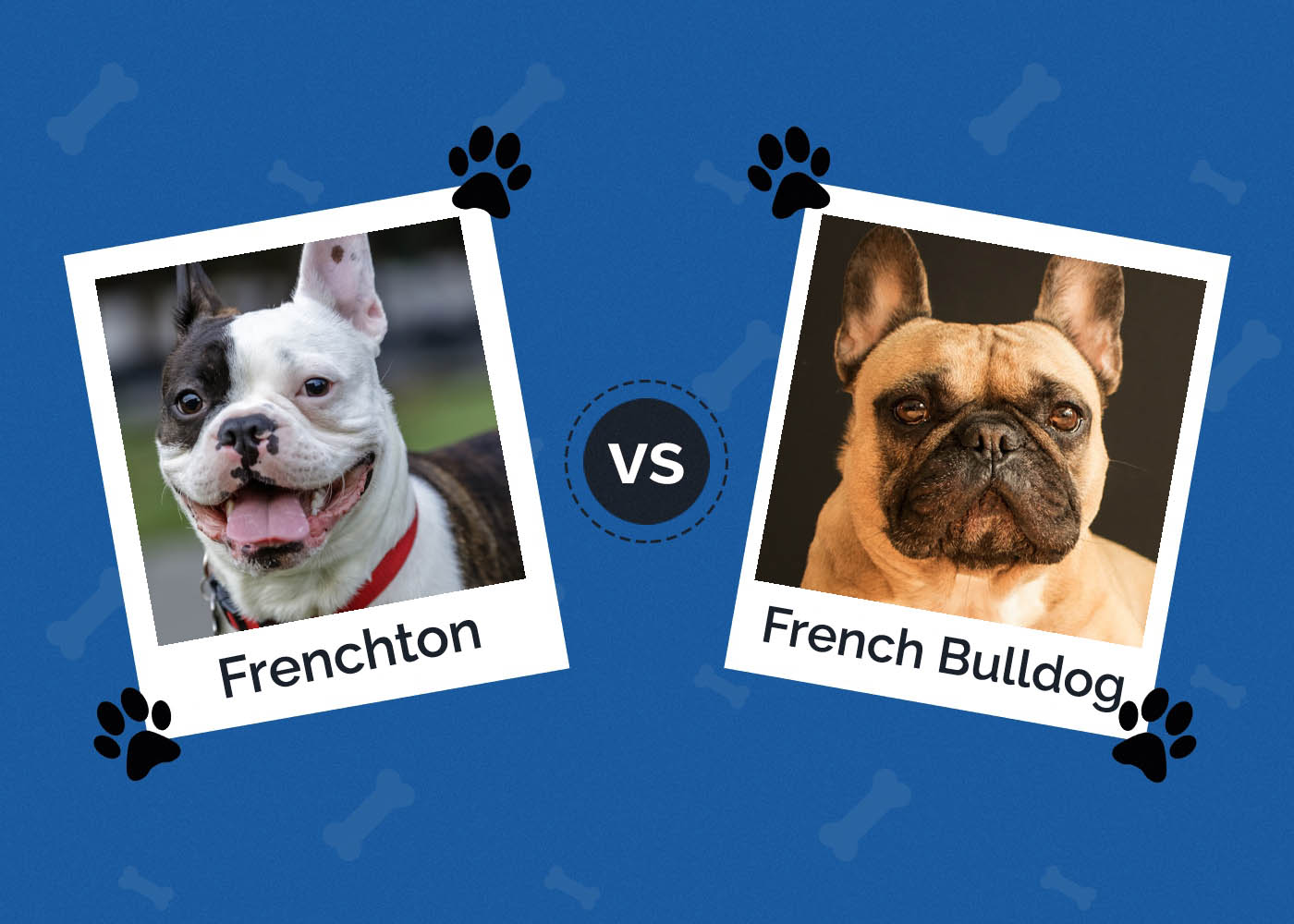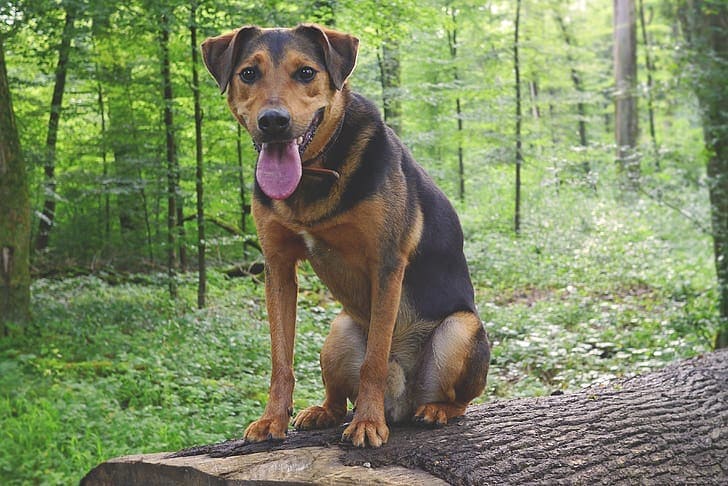Blonde German Shepherd: 7 Interesting Facts, Info & Pictures
Updated on

| Height: | 22 – 26 inches |
| Weight: | 50 – 90 pounds |
| Lifespan: | 7–10 years |
| Colors: | Blonde |
| Suitable for: | Active families and singles, protection work, sports |
| Temperament: | Confident, loyal, courageous, bold without overt aggression |
Everyone is familiar with one of the most recognizable dog breeds, the German Shepherd. However, few people are familiar with the blonde coloration that German Shepherds can come in. Breed standard allows for just about any color for German Shepherds, but light-colored coats are considered faults and are not preferred. They can be beautiful, though, and blonde German Shepherds can be wonderful additions to pet homes and, like most German Shepherds, can make exceptional working dogs. If you’re interested in more information and facts about the blonde German Shepherd, keeping reading for more info and pictures.
Blonde German Shepherd Mix Puppies
When it comes to blonde German Shepherds, it’s important to ensure that you are looking for a breeder that isn’t intentionally breeding for this off-standard color. Color breeders often overlook the important health-related aspects of breeding, which can lead to unhealthy pups that achieve color preferences. Avoid purchasing these pups from pet stores as these animals always come from irresponsible breeders and puppy mills, with the exception of a handful of states that require pet store pups to be from rescues.
You can also consider adopting a blonde German Shepherd. They might not be easy to find but it’s worth asking a few shelters before thinking about buying. This way, you can save lots of money and change a dog’s life for the best.
7 Interesting Facts About the Blonde German Shepherd
1. They May Not Stay Blonde
Some blonde German Shepherds will stay this color their entire life, but it’s extremely common for these dogs to darken with age. If you get a blonde puppy, you may end up with a dog that is tan or brown later in life. It’s also possible for you to get a puppy that you think is white that turns blonde with age, although this is unlikely to occur.
2. It isn’t Clear How They Happen
Overall, there’s little understanding of which coat genes from parents combine to make blonde puppies. This means that blonde coats can occur in most breeding programs, even responsible and respectable programs. It’s believed that the gene connected to red coats may be part of creating blondes.
3. They’re Incredibly Rare
Blonde German Shepherds are extremely rare. Part of this is due to the lack of understanding pertaining to which genes are directly responsible for the coat color. The other part of this is that many people think that blonde German Shepherds are mixed breeds, so many responsible breeders avoid breeding light-colored dogs in their programs.

4. They Cost a Pretty Penny
Although undesirable coat colors often cost less, blondes may cost more than desirable coat colors due to their rarity. Blonde German Shepherd pups from high-quality breeders can easily cost you $1,000–2,000, although you may luck into one $500–1,000.
5. It’s a Distinct Color
Some people mistakenly believe that blonde German Shepherds are a type of albino, or that they are the same as white, golden, or cream, but they are not. Albino is distinctly different from other colors, and they are all distinctly different from the blonde coat color. Blonde German Shepherds do have melanin, so they are likely to have brown, black, or tan eyes, and they will have darker colors on the nose and paws, usually from tan to black.
6. It Doesn’t Impact Their Health
Carrying the genes that make a German Shepherd blonde isn’t associated with any specific health problems. The reason color breeding is a problem is that it overlooks health conditions present in the parents or their genes for the sake of breeding out a specific color. Accidentally achieved blonde German Shepherds aren’t at higher risk for medical problems than other coat types.
7. It’s A Mutt
While blonde is a possible coat color in German Shepherds, as discussed above, it is exceptionally rare. If you come across a blonde German Shepherd-type dog in a shelter, rescue, or even through a less scrupulous breeder, then you’ve likely encountered a mixed breed dog. Doggy DNA tests can help you determine if the dog is a purebred German Shepherd but purchasing only from reliable breeders that health test and produce high-quality dogs is your best bet for knowing you’re dealing with a full-blooded blonde German Shepherd.
Final Thoughts
Blonde German Shepherds are beautiful and rare dogs, and they can come from healthy breeding programs. It’s important to ensure you are not dealing with a color breeder if you’re on the hunt for a blonde German Shepherd, but you may be able to get onto a list with multiple responsible breeders to purchase a puppy if they end up with a blonde. These dogs may be a rarity, but it doesn’t impact their health in any way. It also doesn’t alter their temperament. Blonde German Shepherds should have the same temperament as other coat colors, making them loyal, intelligent, and highly trainable.
Related Reads:
Featured Image Credit: Martin Christopher Parker, Shutterstock













